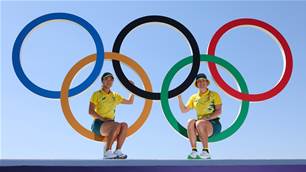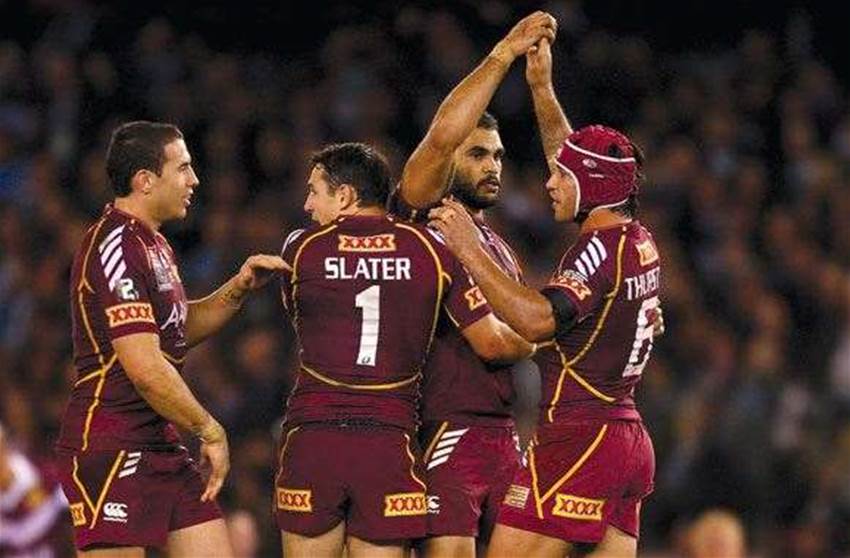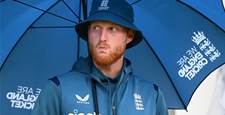Because sport is about the only thing that viewers feel compelled to watch live anymore, it’s also the last traditional TV way of making money selling ads.
 photo by Getty Images
photo by Getty ImagesBecause sport is about the only thing that viewers feel compelled to watch live anymore, it’s also the last traditional TV way of making money selling ads.
The inventor of the wireless TV remote control, Eugene Polley, died this past month, and the obits acknowledged his outsized contribution to the wider culture. Before the arrival of Polley’s 1955 Flash-Matic and its successors (it was shaped like a speed gun – why didn’t all remotes end up that way?), television ads would be shown in blocks between programs. It was the advent of channel surfing, enabled by the remote, that prompted networks to start splitting up the ads into the programming itself.
This back-and-forth has not ceased: tech brands hawk all manner of DVRs, IQs and TiVos to avoid commercials, and programmers find ways to insinuate them into what we really want to watch. So, at least indirectly, we have Eugene Polley to thank for those awkward on-air moments when way-past-middle-aged commentators tout reality shows, and for those signs on the field which are painted so they look like they’re standing up.
Because sport is about the only thing that viewers feel compelled to watch live anymore, it’s also the last bastion of the traditional TV way of making money selling ads. It goes a long way to explaining why, amid times of economic uncertainty, sports rights have continued to climb into the stratosphere. “It will be, in a very short amount of time, the last home of appointment viewing on television; you have to watch sports live,” said the sports division boss of US cable network Turner, David Levy. “No one watches the Super Bowl on Monday.”
And, it seems, everyone will watch a State of Origin on a Wednesday. This year’s NSW vs Queensland series opener was the highest-rated in the history of Origin at almost four million viewers, a neat bit of accompaniment to the larger comp playing out in the National Rugby League this year. That’s not the contest for the premiership, mind you – we’re talking about the far more urgent chase for the NRL to secure its much-desired $1 billion TV deal.
Landing this nice and very round number amounts to an important piece of signalling for the NRL. The money is important, doubtless, but so is being able to make the claim of being a billion-dollar sport – a sport like the AFL, that rapacious rival code that steals its star players and sets up teams in its heartland, which made $1.25 billion on its TV rights deal last year.
The desire to reach this benchmark has the NRL considering, in a wonderful bit of industry jargon, its ad inventory. It’s another way of saying that the appealing continuity of a rugby league match doesn’t provide enough discrete opportunities to sell beer or cars. League advocates have long pointed out that their game rates better on TV, and works better for the screen, than the sprawling AFL game. But as a proposition for ad sales, your typical NRL match has only half-a-dozen stoppages a game. Compare that to the quick break after every six-pointer in Aussie rules. The NFL, envy of footballing profiteers everywhere, mandates ten full commercial breaks each half upon the myriad of stoppages involved (love that two-minute warning).
It’s been reported that the Channel Nine-Fox Sports joint bid to retain the NRL rights contains a proposal to show 12 commercial breaks per game, from which Nine could double the $300,000 it makes in revenue during its prime-time Friday night games. League fans should brace themselves for a whole new game pace ‒ TV timeouts, slower jogs back to restarts, longer waits on the video ref, three minutes of ads to go with ten minutes in the sin bin, perhaps even quarter-time breaks. Kickers will start developing very elaborate pre-shot routines, and we’ll all look forward to Phil Gould’s grand unified theory of how much recovery time forwards will be getting.
Old-time, 80-minute warriors may grumble that it’s not the game as it should be, and they’re probably right. On the plus side, it’s a chance to check your Facebook. Bottom line, it’s something fans have to accept – that the answer to a billion-dollar question comes from being at the mercy of a click of the remote.
‒ Jeff Centenera
Related Articles

How to watch this week’s golf

How to watch this week’s golf













